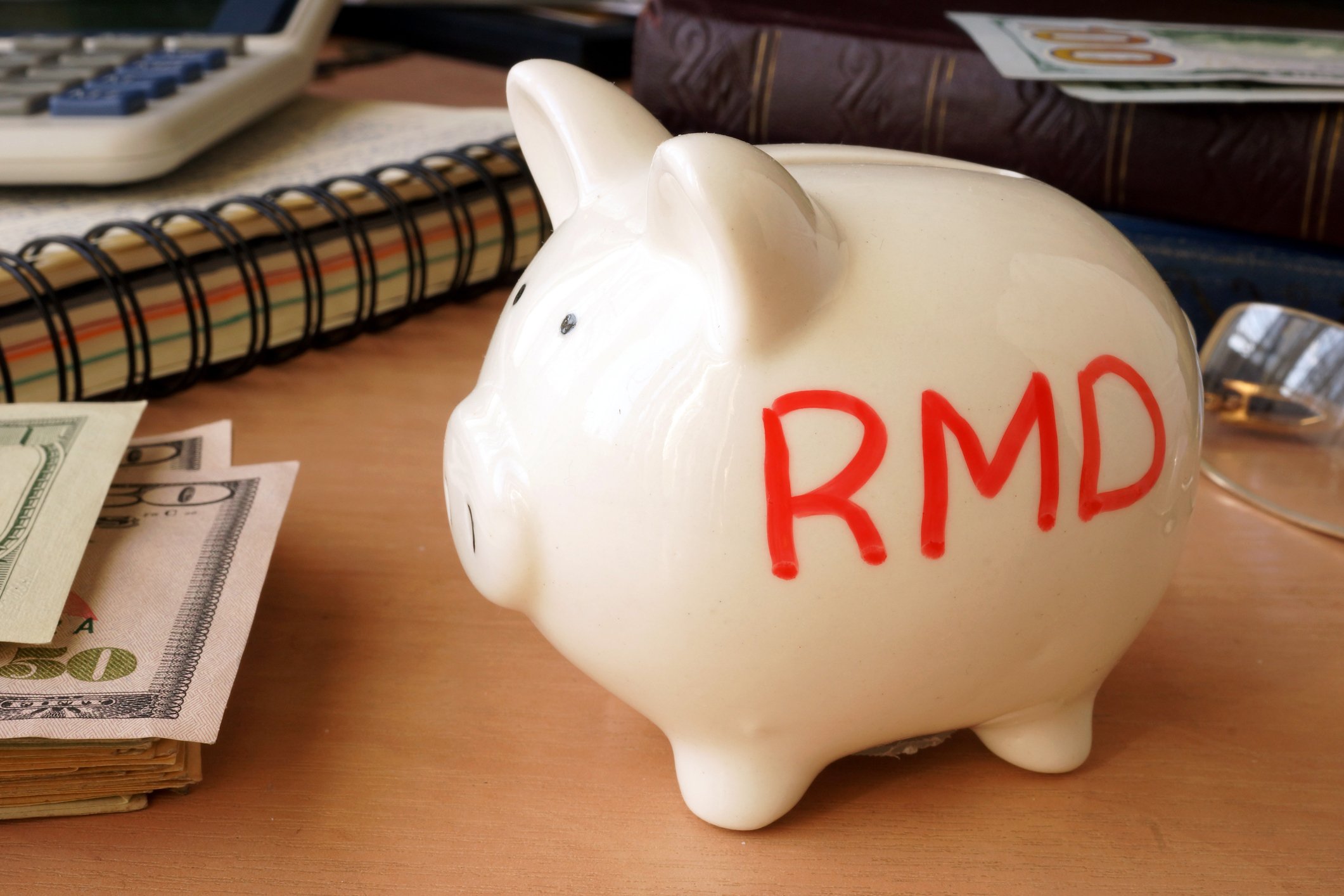If you're already receiving Social Security and are curious how you compare with other recipients, or you're fast approaching retirement and you want to get a better feel for how much money you can expect from the program, you're probably curious about how much the average American collects in Social Security income. The short answer is that the average retired worker will receive $1,360 per month in 2017. The long answer is that the amount Americans receive in Social Security will vary widely next year.
How is Social Security calculated?
Social Security is designed to replace roughly 40% of a worker's pre-retirement income. However, the calculation used by Social Security is complex, and a person's actual benefit depends a great deal on his or her work history.

Image source: Getty Images.
Social Security calculates your monthly benefit by adjusting your highest 35 years of monthly income into current dollars and then averaging those amounts to come up with your average indexed monthly earnings (AIME).
Multipliers are then applied to the AIME at various income levels to determine your primary insurance amount, or PIA. In 2017, these multipliers, or bend points, occur at the $885 and $5,336 levels. Specifically, the PIA is based on the sum of 90% of AIME up to $885, 32% of AIME up to $5,336, and 15% on any income above $5,336. In 2017, the maximum benefit payable to a worker retiring at full retirement age, or the age at which a person qualifies for 100% of his or her benefit, is $2,687.
What people really get in Social Security Income
In 2015, 2.8 million Americans were awarded Social Security benefits, and as you can see in the following chart, the amounts payable to them ranged widely. Over 217,000 Social Security recipients were awarded less than $500 per month, and more than 433,000 were awarded north of $2,100 per month.

Data source: Social Security Administration. Chart by author.
Across the entire universe of Social Security recipients, the amount pocketed also varies widely. Ignoring the two extremes of high- and low-income recipients, you see that most Americans are getting somewhere between $750 per month and $1,800 per month this year.

Data source: Social Security Administration. Chart by author.
Maximizing your benefit
If you're approaching retirement, you've already worked 35 years, and your income is higher now than it was in the past, your best bet to a higher Social Security payment may be to continue working. Social Security uses only your 35 highest-income years, so every additional year worked at a higher income today will remove a lower-income year from Social Security's calculation.
Further, working beyond your full retirement age can pay off with a higher monthly Social Security payment due to delayed retirement credits. Social Security rewards people for holding off on claiming until after their full retirement age by increasing their payout by about 8% per year up until age 70.
If you're a bit further away from retirement, then it may be a good time to ask your employer for a raise. The average American's hourly earnings grew 2.8% year over year in October, and if your income isn't keeping pace, it may be worth bringing up the topic with your supervisor. After all, unless you're already at the maximum benefit, any additional money you earn every year can increase your AIME and primary insurance amount.
Finally, if you're 62 and want to retire, consider working half-time while collecting your Social Security benefit. If you claim at 62 you'll receive roughly 75% of what you would otherwise receive at your full retirement age, and if your earnings eclipse $16,920, then Social Security will hold back $1 for every $2 you earn above that limit. Those withheld dollars will then be used to increase your benefit once you reach your full retirement age.





